“ Devour old films, new films, music, books, paintings, photographs, poems, dreams, random conversations, architecture, bridges, street signs, trees, clouds, bodies of water, light, and shadows. Select only things to steal from that speak directly to your soul. If you do this, your work (and theft) will be authentic. Authenticity is invaluable; originality is non-existent. And don’t bother concealing your thievery - celebrate it if you feel like it. In any case, always remember what Jean-Luc Godard said: Worry not where you take things from - it’s where you take them to. - Jim Jarmusch
Dear friends,
As I research/curate for this newsletter through the virtual libraries of the generative arts; it is fascinating to come across the artists using traditional mediums that are similar to many generative works I’ve come across on Instagram and Tumblr. It reminds me of the evolutionary process of creativity that continues to occur from generation to generation.
A continual iteration of the past as it plasters itself over the future of art.
Artists continue to change, using new forms of media to express and yet still stay somewhat the same. It reminded me of a Ted talk on how creativity is a remix. A little inspiration taken and then molded into something new.
There is a tipping point we have to be aware of; where we cross the line of infringing on someone’s work. One most recent example was the sale of “Portrait of Edmond Belamy” which was using Robbie Barrat’s StyleGAN to generate a piece that sold at Christie’s for $432K.
So the questions we have to ask,
- Is it fair or unfair to use tools and mediums to create the new?
- Who deserves credit and where does copyright infringement or patent rights become activated?
These are questions that some of the articles below will cover. There aren’t great answers, and especially since we don’t have any legislation. Thus as artists, we need to think through and be thoughtful about what is an inspiration and what just is infringing on someone’s work and changing it just a bit.
Inspirations
Following are a few inspiration pieces for the week that I have found to make we want to fall into them.
🖌️Unconventional Media
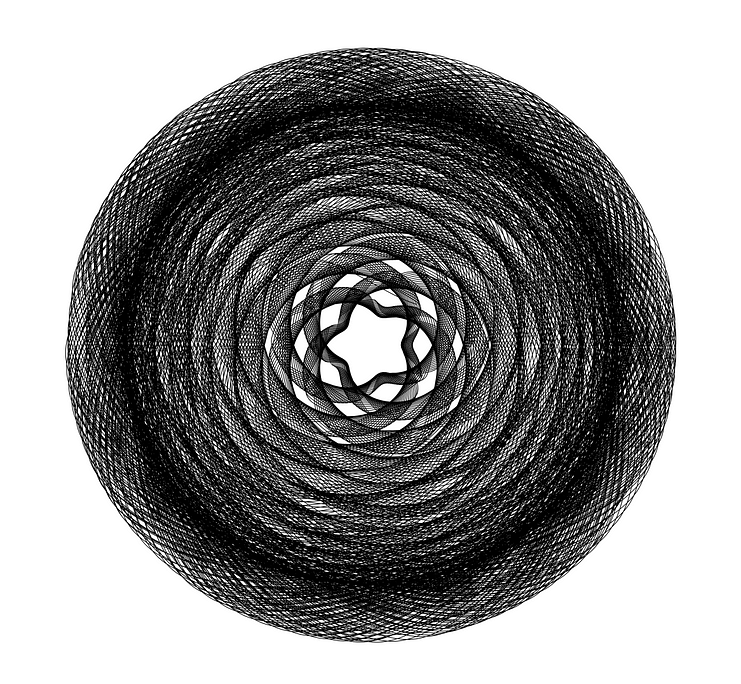
How I Created Spirographs in Excel
Growing up I had a toy called a spirograph which was passed down from my parents. I loved it. It generated complex patterns and the stencils would go around and around the circle. At 8 years old, it was quite magical.
Using Excel to create any sort of visual is always a fun way to get out of the normal tools and go untraditional.
But then there are more traditional pieces such as this created in Excel as well:

The artist Tatsuo Horiuchi has created some amazing things given that he used Excel to generate them with. Make sure to check out this article for more of his work and process.
Question of the Week
If machines and AI continue to replace jobs, we will eventually need to create more jobs. The questions I put forth is, how can the generative arts promote job creation? What would those jobs look like and how would they bring value to a population?
📸 Generative Graphics
Dmitri Cherniak


As I continue to put together this newsletter, I will want to start putting together an artist’s profile with a couple of questions. I want to highlight all of you wonderful creatives; I will have a form below eventually.

You will find the code here.
https://twitter.com/dmitricherniak/status/1315118106931535872?s=20
🎶 Music
Tone Transfer
Tone Transfer uses machine learning models to transform sounds into musical instruments used in a variety of styles, from Baroque to jazz. Rerender the chirp of a bird into a flute. Turn a cello piece into a saxophone solo. Tone Transfer makes these transformations possible through a new ML technique called Differentiable Digital Signal Processing, or DDSP.
Based on a similar technique to StyleTransfer GANs (Generative Adversarial Networks) except with sound. After playing around with the technique for a little while, I found it to be very enticing to use. It does not create anything perfect sounding, but it can generate certain melodic chops that can provide interesting material to chop up and run through a chain of effects, or to layer with the original clip. A technical example of this can be viewed in a Python notebook in Collab.
Andrew Huang provides a great birds eye view of the methods.
🏛️ Exhibits / Installations
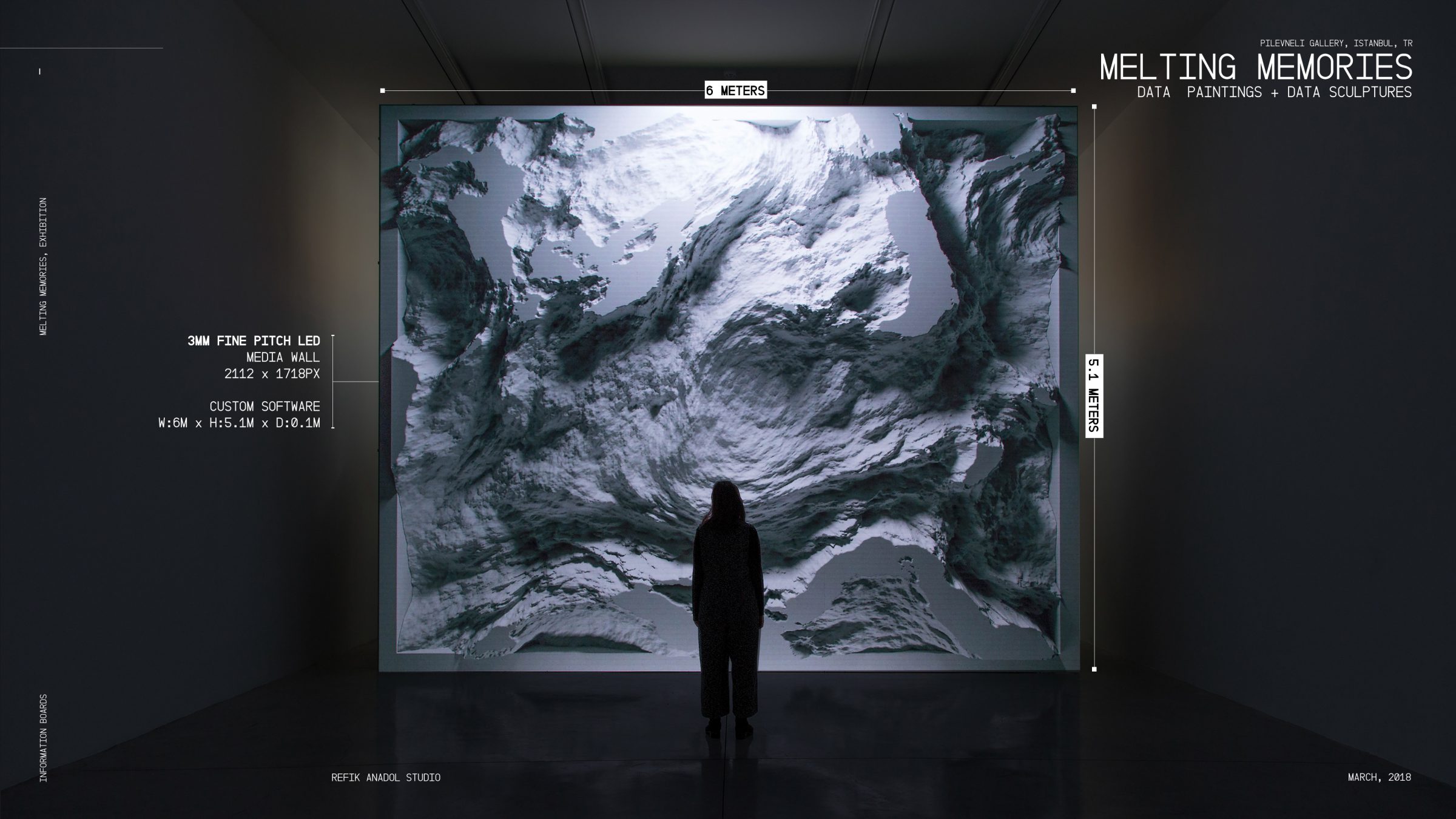
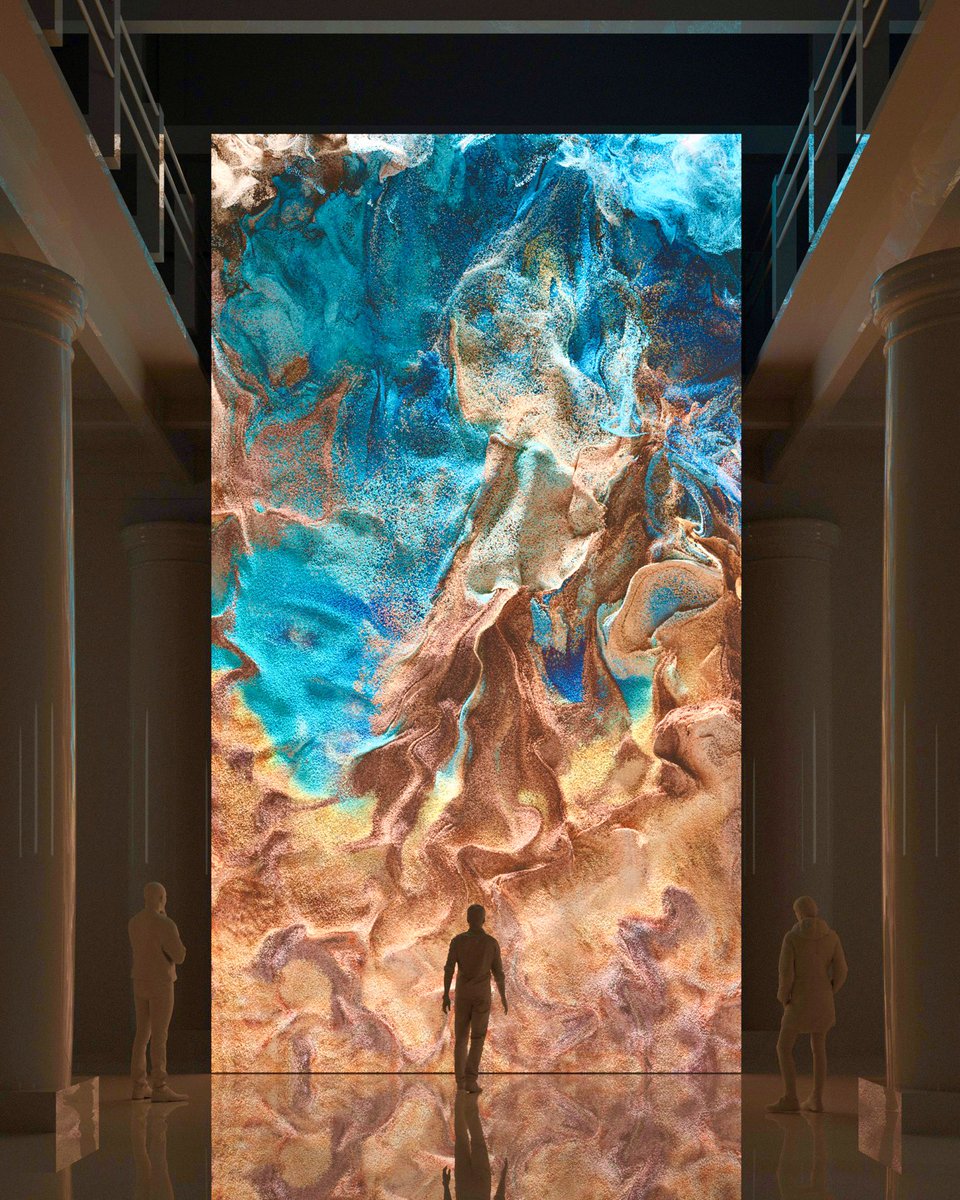
Everyone or at least I think everyone has seen the work of Refik Anadol who has created some impressive works using the aggregation of data from image collections to EKG to IoT data to generate impressively large visual exhibits.
🚤 Motion
https://twitter.com/hirschandmann/status/1317137254733828096?s=20
🔖 Articles and Tutorials
Generative Art with Triangles in P5.js
After going through a bit of history on using computers to make art, my second class on p5.js had us attempt to be inspired by geometric artwork and write code to make something cool. In about an hour and a half of coding, I ended up with this — randomly generated triangles in all kinds of colors.
A tutorial/article on using triangles to create geometric abstraction with triangles. The results are simple and remind me of the geometric abstraction movement. The foundational elements it teaches does lead to further complex geometry that is very useful to create more complex pieces down the line.
For some traditional inspiration of geometric abstractions of these modern artists that shape the genre of the medium.
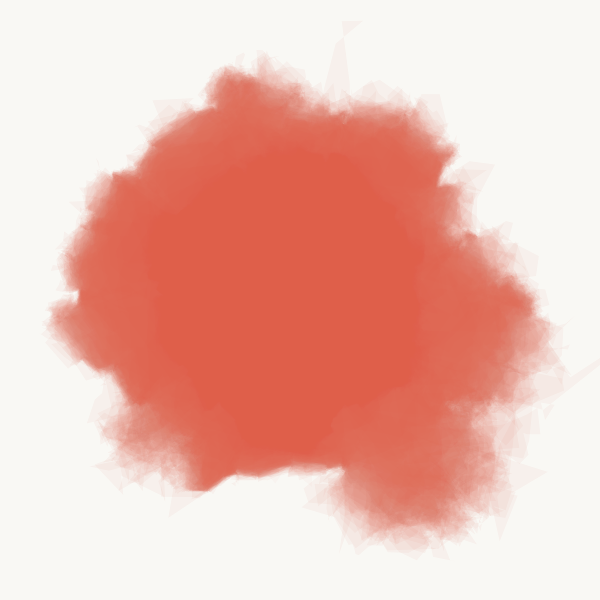
How to Hack a Painting
That puts generative artwork in a really interesting place, because computers are really good at both sides of that. One the one hand, it’s pretty obvious, computers and algorithms are great for describing patterns, and processes, and organization
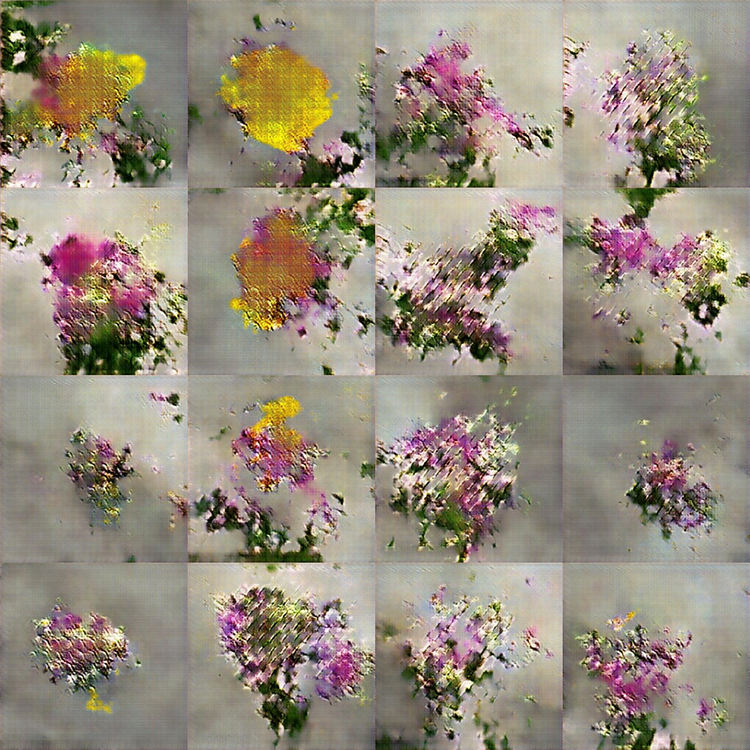
On Learning AI in Nature
This process is not dissimilar to that used by both Hudson River School and Audubon artists. In each, the artists used elements from multiple scenes, or birds, to create their final composite image. Their images show something which doesn’t exist in the real world, but that captures their understanding of the subject.
An interesting article reflecting on the questions “Can aesthetic experiences give a fresh start to how we think about AI? " and “Can beauty be a basis from which we imagine new possibilities for AI?” As generative artists, we need to think on what the difference is reinterpreting and generating something new.
[Autonomy Authenticity Authorship and Intention in Computer Generated Art](https://www.researchgate.net/publication/331562062_Autonomy_Authenticity_Authorship_and_Intention_in_computer_generated_art](https://www.researchgate.net/publication/331562062_Autonomy_Authenticity_Authorship_and_Intention_in_computer_generated_art)
The sale and subsequent reaction to the work resurrects venerable questions regarding autonomy, authorship, authenticity, and intention in computer generated art. It should come as no surprise that, despite public reaction to the sale of Portrait of Edmond Belamy, these are well explored issues. It is worth revisiting them for two reasons: firstly to encapsulate more than half a century of discussion around computer created art, and secondly, to see if recent advances in Machine Learning techniques, such as Deep Learning and GANs, change any of the well established research and commentary in this area.
https://pbs.twimg.com/media/EkdKXBhXgAEsMjz?format=jpg&name=900x900
Image Mapping
The use of dots, varying either in size or in spacing. Where continuous tone imagery contains an infinite range of colors or grays, the halftone process reduces visual reproductions to an image that is printed with only one color of ink, in dots of differing size (amplitude modulation) or spacing (frequency modulation).
Great little PDF tutorial on image mapping with a bit more explanation on how to take an image; use the data from the image and then use that data to generate other images from it.
Courses
Introduction to Generative Arts and Computational Creativity
This first course in the two-part program, Generative Art and Computational Creativity proposes an introduction and overview of the history and practice of generative arts and computational creativity with an emphasis on the formal paradigms and algorithms used for generation. The full program will be taught by Associate Professor from the School of Interactive Arts and Technology at Simon Fraser University and a multi-disciplinary researcher, Philippe Pasquier.
The following course is one I worked through a number of years ago. It is straight forward, but interesting none the less as it also provided a foundational element I’ve used to continue to experiment and try new generative experiments.
Books
The Family Tree of Fractals
Like a morphologist attempting to make sense of the varied macrostructures in organisms, we will embark on a similar exploration…with fractal curves. It is as if these curves were natural organisms, uncovered after millions of years in hiding. They are calling out for our analytical eye to classify and organize them into a hierarchy: a family tree.
Send me your inspirations…
Again keep in touch, I really want to learn from you all. I want to create a community of generative artists and help spread their talent.